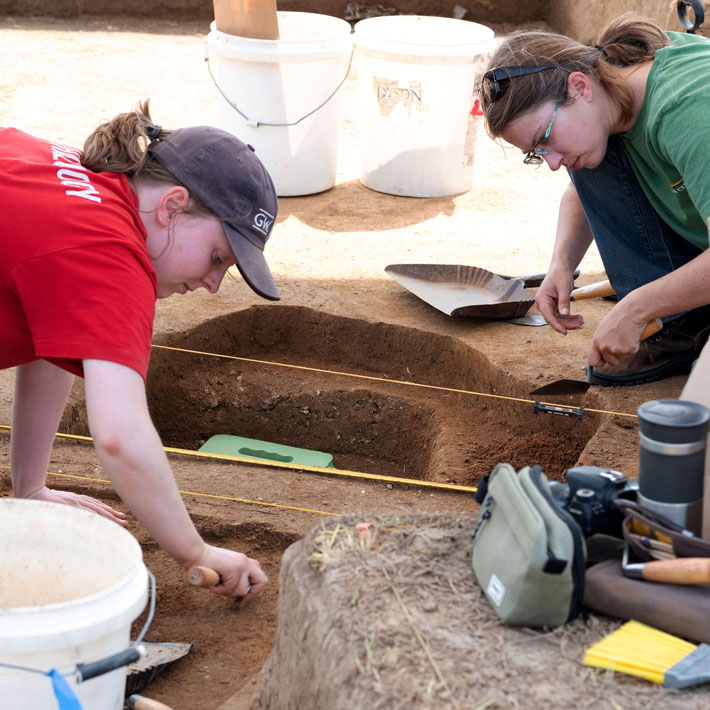 ST. MARY'S CITY, MARYLAND—The 400-year-old grave of one of the New World’s earliest colonists has been found in Historic St. Mary’s City near Washington, D.C., according to a Live Science report. While excavating in a field near the location of Historic St. Mary’s, which was Maryland’s original colonial capital, archaeologists found the remains of a boy between the ages of 15 and 16 who probably arrived in the area in about 1630. The boy had broken his right leg badly shortly before his death. Archaeologists noted that he was buried rather haphazardly, without much care for his body and with no burial shroud or coffin, and no clues to his identity. “When he got here, he didn't survive very long,” says Travis Parno, acting executive director of Historic St. Mary's City. “He likely came over as an indentured servant and may have traveled without his family to work with other colonists. Part of the contract as a servant was to work for a term, which would then entitle you to land. During that time, the colony of Maryland offered new opportunities.” The teenager’s remains will be taken to the Smithsonian Institution’s Museum of Natural History, where they will be studied before being reburied in St. Mary’s. To read about the discovery of Historic St. Mary’s long-lost fort, go to “Maryland’s First Fort.”
ST. MARY'S CITY, MARYLAND—The 400-year-old grave of one of the New World’s earliest colonists has been found in Historic St. Mary’s City near Washington, D.C., according to a Live Science report. While excavating in a field near the location of Historic St. Mary’s, which was Maryland’s original colonial capital, archaeologists found the remains of a boy between the ages of 15 and 16 who probably arrived in the area in about 1630. The boy had broken his right leg badly shortly before his death. Archaeologists noted that he was buried rather haphazardly, without much care for his body and with no burial shroud or coffin, and no clues to his identity. “When he got here, he didn't survive very long,” says Travis Parno, acting executive director of Historic St. Mary's City. “He likely came over as an indentured servant and may have traveled without his family to work with other colonists. Part of the contract as a servant was to work for a term, which would then entitle you to land. During that time, the colony of Maryland offered new opportunities.” The teenager’s remains will be taken to the Smithsonian Institution’s Museum of Natural History, where they will be studied before being reburied in St. Mary’s. To read about the discovery of Historic St. Mary’s long-lost fort, go to “Maryland’s First Fort.”
Early Colonist Found in Maryland
